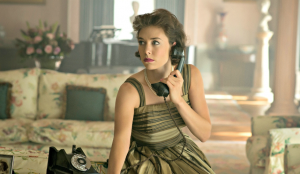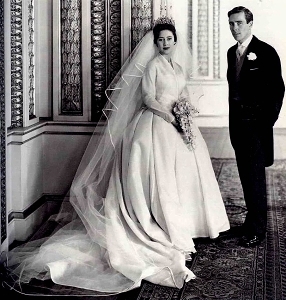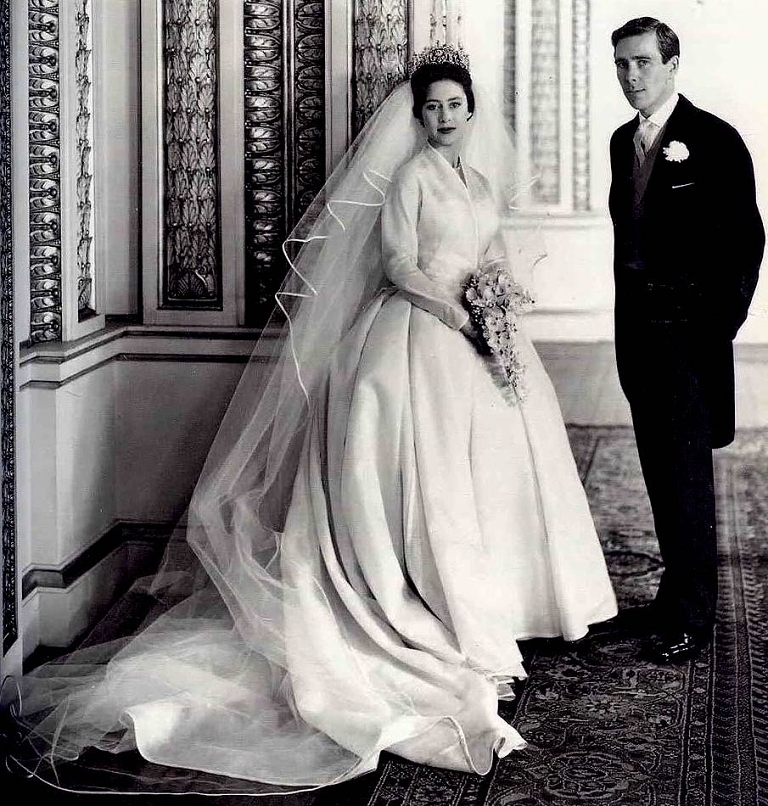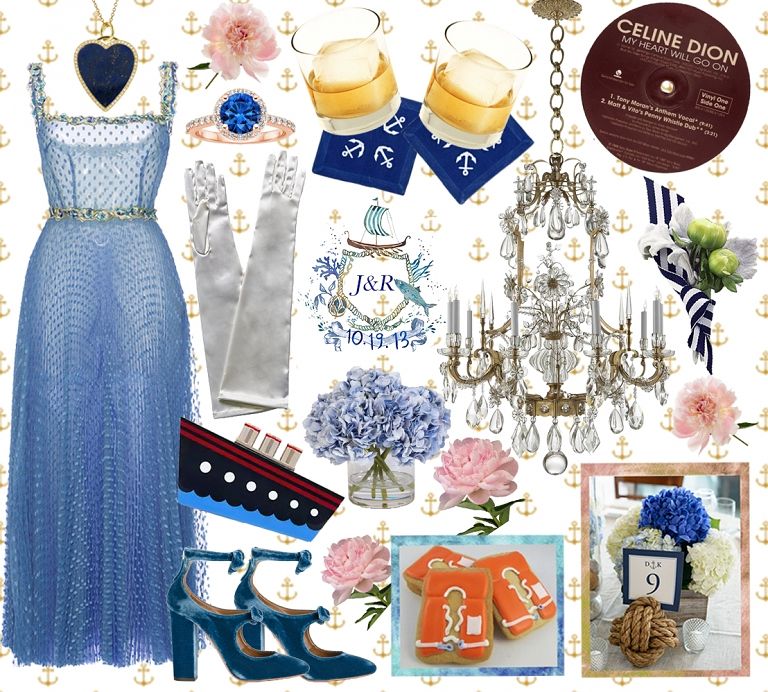
If you watched season one The Crown on Netflix, you know that Princess Margaret’s love life was pretty complicated. The miniseries followed the ups and downs of her doomed relationship with Group Captain Peter Townsend. It was ill-fated from the start because long before he and Margaret ever fell in love, he had married Miss Cecil Rosemary Pawle. The couple had two sons together, but after she had an affair, they filed for divorce in 1952.
Townsend’s status as a divorced man made it impossible for Princess Margaret to marry him as both the Church of England and Parliament indicated that they were strongly against the match. Ultimately, the princess had to decide between marrying the captain and being stripped of all of her royal privileges (including her income) or moving on. This left Margaret with an impossible decision, but on October 31st, she made a statement saying:
“I would like it to be known that I have decided not to marry Group Captain Peter Townsend. I have been aware that, subject to my renouncing my rights of succession, it might have been possible for me to contract a civil marriage. But, mindful of the Church’s teaching that Christian marriage is indissoluble, and conscious of my duty to the Commonwealth, I have decided to put these considerations before any others.”
Margaret was heartbroken, but eventually, she forced herself to move on. Three years later she met photographer Antony Armstrong-Jones. Throughout their courtship, they tried to keep the relationship a secret. After all, it had only been a few years since Margaret had called off everything with Group Captain Peter Townsend and royal courtiers were said to disapprove of the fact that she’d now taken up with a commoner. Luckily, the press focused mostly on bachelors who were considered more “eligible” by typical royal standards and never really caught the scent.
In February of 1960, two years after they’d first met at a dinner party, Princess Margaret and Armstrong-Jones announced their intentions to marry. He had proposed with a ruby engagement ring that was designed to look like a rosebud, which is believed to be a tribute to Margaret’s middle name, “Rose.” Margaret reportedly accepted Armstrong-Jones’s proposal a day after learning from Peter Townsend that he was planning on marrying a young Belgian woman, Marie Luce-Jamagne, who was half his age and supposedly bore a strong resemblance to the princess.
The news of Princess Margaret’s engagement to Armstrong-Jones—the son of a lawyer and a society hostess . . . and, wait for it, the first commoner to marry into the royal family in 400 years!—came as a shock to much of the British public, but thousands showed up on the day of the wedding to line the streets from Buckingham Palace to Westminster Abbey.
The two married on May 6th, 1960, and in keeping with tradition, the princess traveled from Clarence House to Westminster Abbey in the Glass Coach reserved for state occasions. With her father deceased, Princess Margaret’s brother-in-law, the Duke of Edinburgh, stepped in and was by her side. He walked her down the aisle as 300 million people worldwide tuned in to watch the first royal wedding ever televised.

Princess Margaret’s dress was designed by Norman Hartwell, the go-to couturier for the royals. It was made of silk organza, and Hartnell kept the crystal embellishments and beaded adornments to a minimum so as not to compete with the princess’s petite frame. Life magazine called it “the simplest royal wedding gown ever in history.” With a deep V-neck, long sleeves, and a bell skirt, it is often cited as one of Hartnell’s most beautiful and sophisticated creations. To finish the look, the princess wore her Poltimore tiara, made for Lady Poltimore by the House of Garrand in the 1870s. She complemented the tiara with a cathedral length veil and a bouquet of orchids and lily-of-the-valley. Meanwhile, Armstrong was in morning suit as he was a civilian.
The Archbishop of Canterbury led the ceremony in font of a congregation that boasted 2,000, including royalty, politicians, actors, and actresses, that reflected the princess and the fashion photographer’s different backgrounds. There were eight bridesmaids, including Margaret’s niece, Princess Anne.
After the newlyweds signed the registrar, they traveled by carriage back to Buckingham Palace. There, the princess and her new husband were joined by the rest of the royal family on the balcony to greet the crowds of well-wishers who had gathered to cheer on the happy couple.
The public was able to greet the newlyweds again when they left London for a six-week honeymoon in the Caribbean. A year after their trip, they moved into Kensington Palace, and Armstrong-Jones was given the title Earl of Snowdon. The two had their first child, David, 1961 and their daughter, Lady Sarah Chatto, was born in 1964.
It wasn’t always a fairytale though. Even as Armstrong-Jones was courting the princess it is said that he was conducting an affair. In the fall of 1959, as he was preparing to head to Balmoral, the Queen’s Scottish retreat, to celebrate Christmas, he was sleeping with Camilla Fry, who was then married to one of his oldest friends, Jeremy Fry. Camilla’s daughter Polly was born in May 1960, only three short weeks after Margaret and Armstrong Jones returned from their honeymoon. Polly later discovered through a DNA test that Armstrong-Jones was actually her biological father.
Lord Snowdon’s complicated love life didn’t end there. He was also frequently rumored to be bisexual. In response to these rumors, he said: “I didn’t fall in love with boys, but a few men have been in love with me.” After suspected infidelities on both sides, the two ultimately separated in 1976. Two years later, Kensington Palace announced that they would divorce after 18 years of marriage. This was the first royal divorce since King Henry VIII’s in 1540. Despite everything they’d been through (or maybe because of it), the couple is said to have remained friends until Margaret’s death in 2002.












